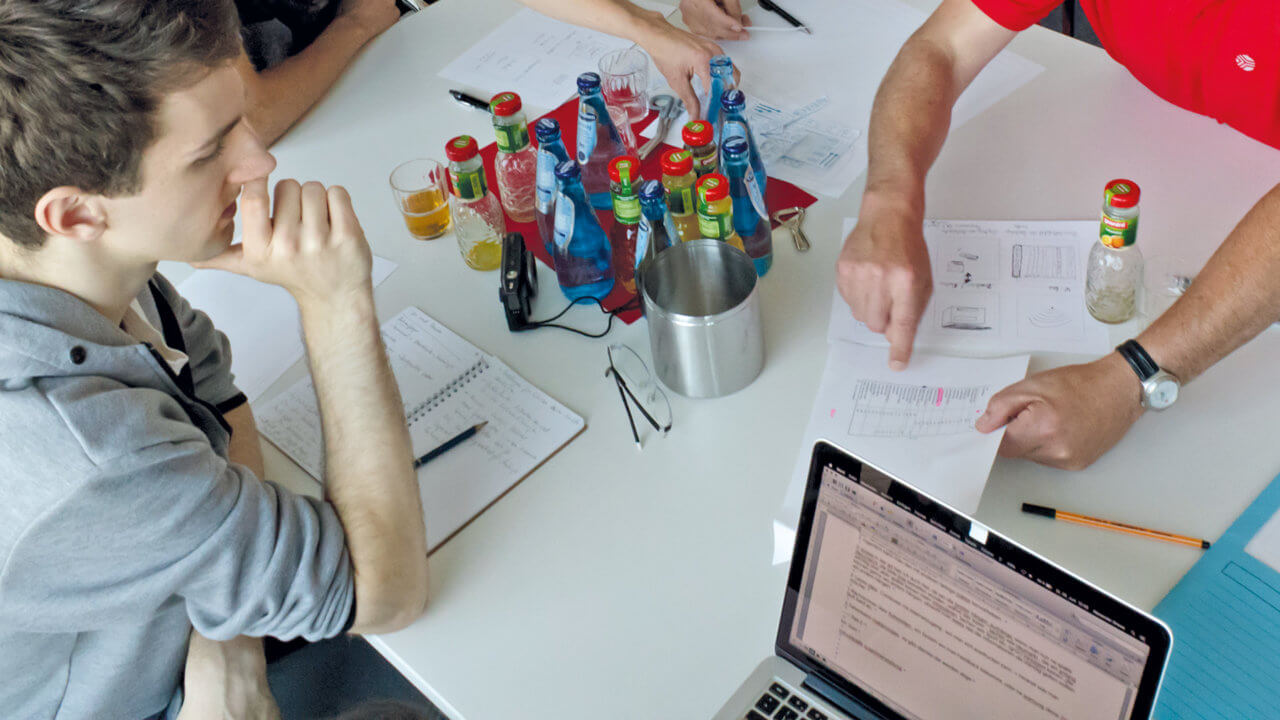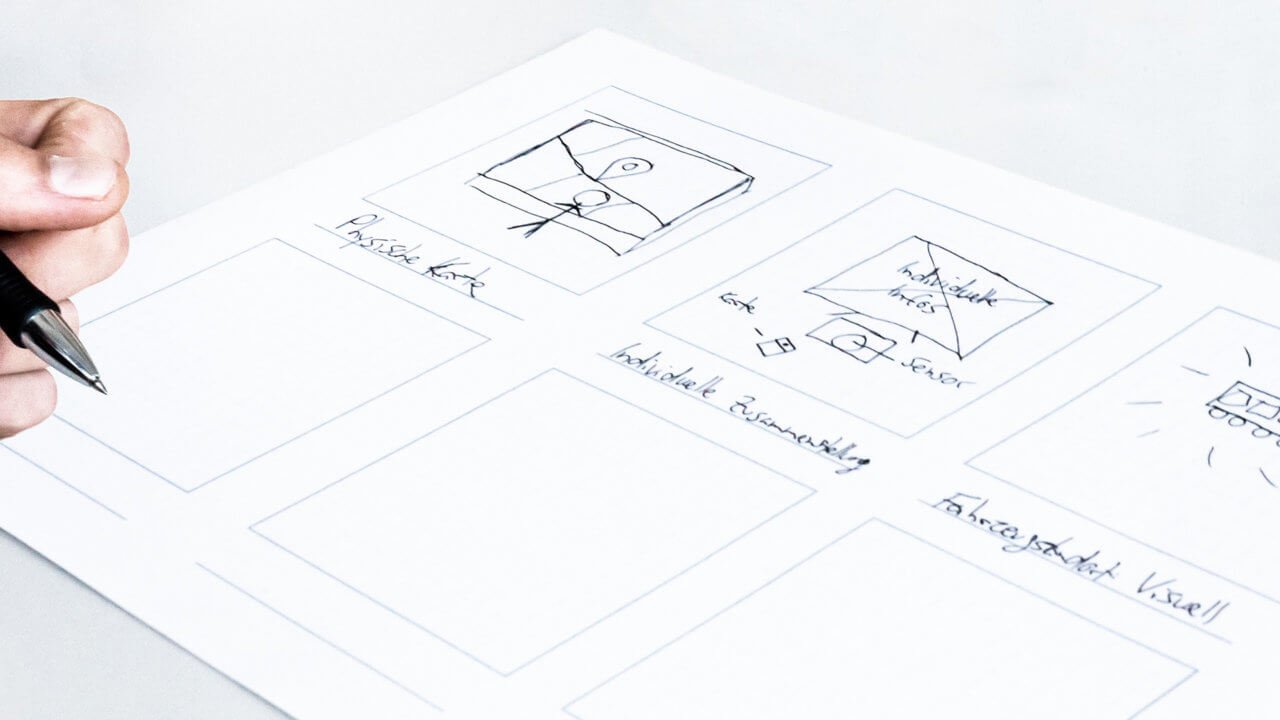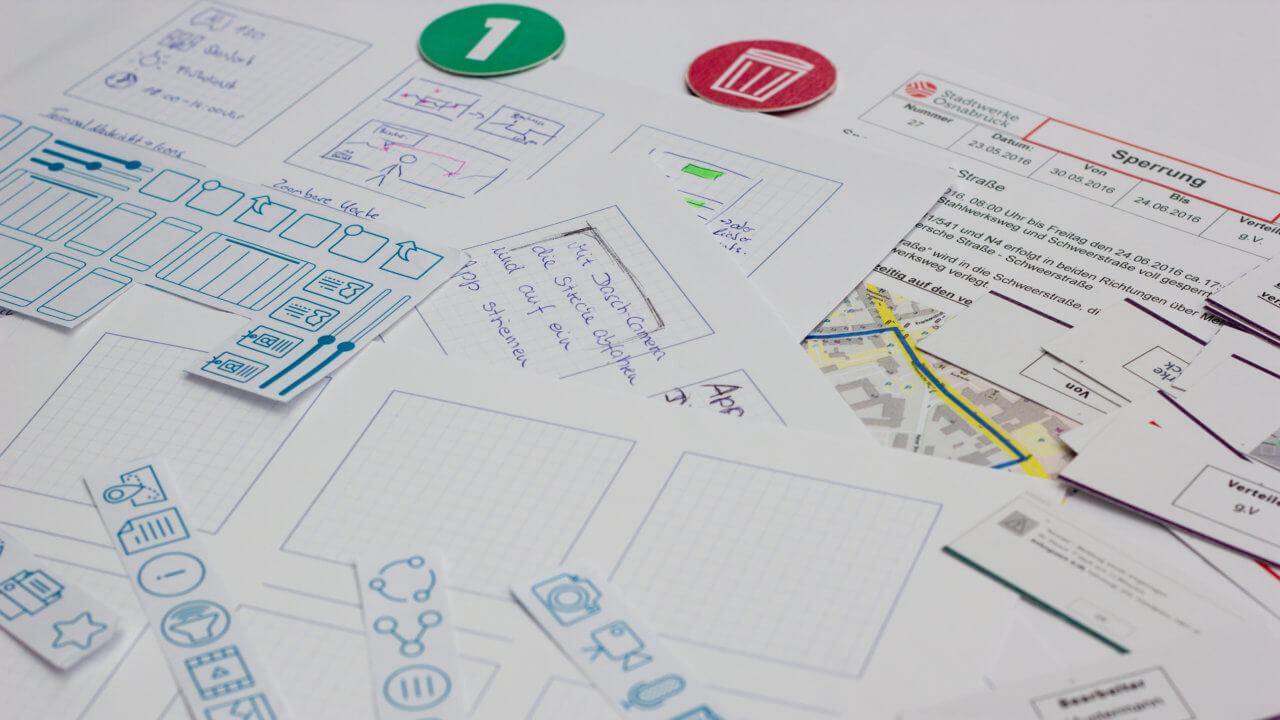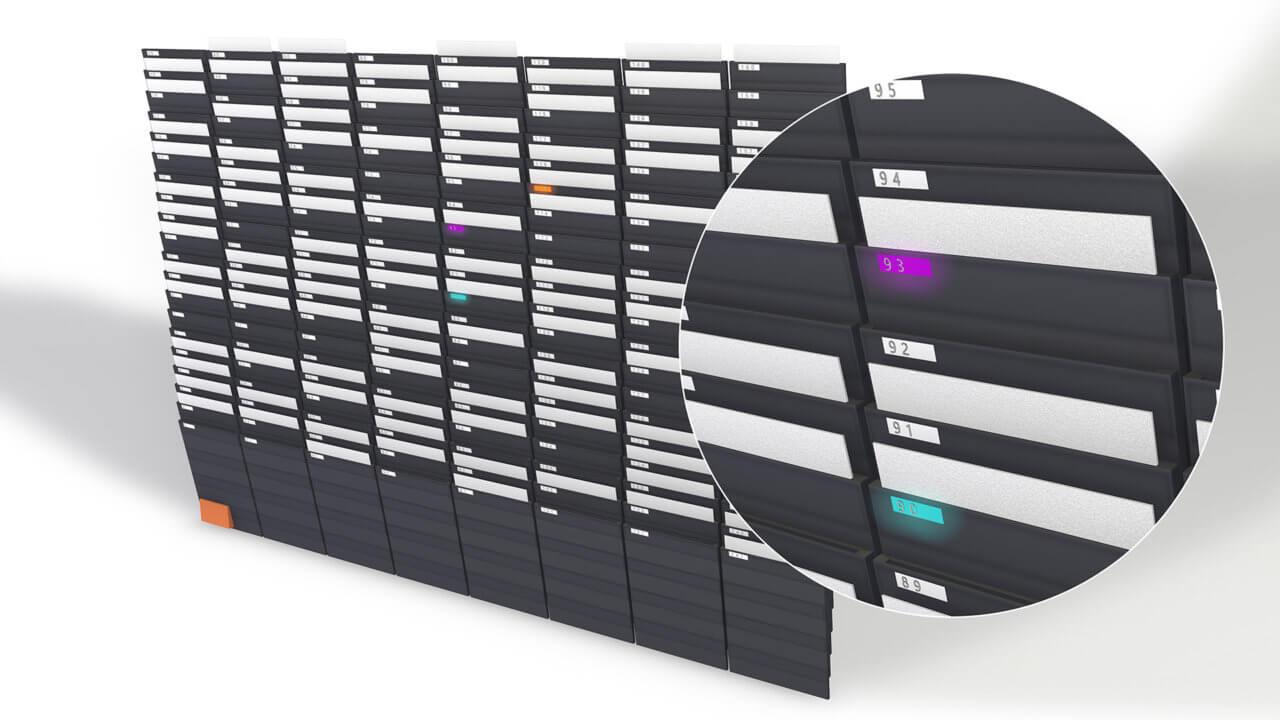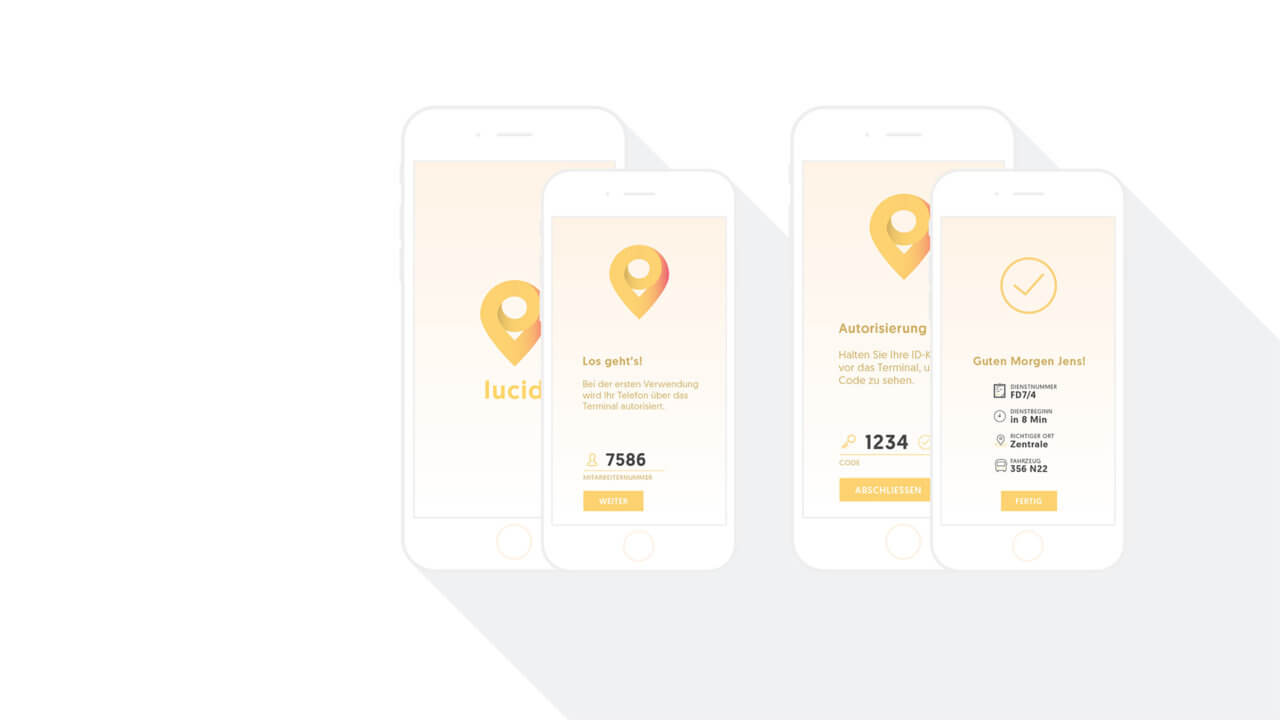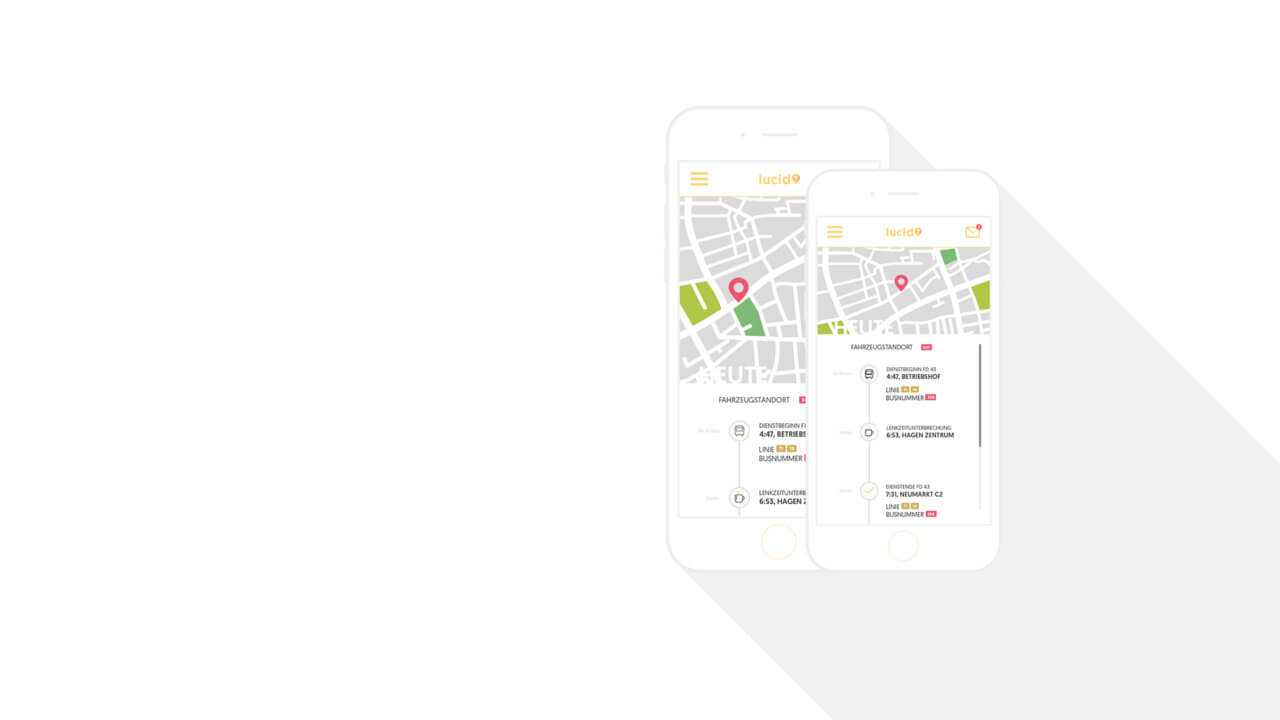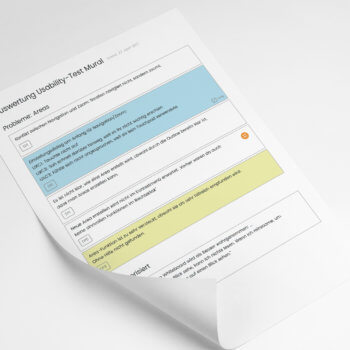Happy bus drivers
A Participatory Design project
Project context
By collaboration of different disciplines of the University of Applied Sciences in Osnabrueck the PACE project analyzes and optimizes the integrated communications of the Stadtwerke Osnabrück. The Stadtwerke Osnabrück offer services including public energy and water supply, as well as public transportation in the area of the city of Osnabrueck. Challenges in the typical workday of a bus driver transporting hundreds of passengers every day were being analyzed and optimizations based on principles of Interaction Design and Ambient Communication were developed and suggested.
Participatory Process
A huge focus was on the participatory aspect of the project, i.e. deeply involving employees, namely bus drivers themselves, into the process. This approach allowed us to create a stronger connection between the future users and the solution than any regular User Centered approach would have created. Users were empowered in the context of workshops to design solutions themselves and to make smart decisions based on prior workshop results directly. Only the fine concept and design including minimal corrections of the overall direction were made by the project team, mainly consisting of Interaction Design students. Going down this route we were able to help the users identify strongly with the solutions they developed, making adoption of the technology much more likely.
Project details
Teamwork
This project was created in collaboration with Dorena Diekamp, Jasmin Bleeke, Alexander Drews, Lukas Flagmeier and Robin Schwarz. Regarding this project I worked on parts of the concept, general team coordination, documentation, preparation of the workshops and communication with project stakeholders.
Ambient Communication Environments
Based on the results ambient solutions were developed, i.e. solutions that are seamlessly embedded into the context of the workday of bus drivers and that make processes more efficient and users happier. The name PACE is an acronym built from the words Potentials of Ambient Communication Environments. Ambient communication here means the development of systems and solutions that work in the background without constantly disturbing the users.
During this phase of the project different participatory workshops were planned, prepared and conducted, as well as an extensive prototype for a possible system being created. The methods used for the workshops were adapted from known methods and also partly created from scratch.
Personal conclusion
It was fascinating to see skeptical users gaining more and more access to the methods during the course of the project and finally developing a huge drive to really create solutions for the problems of their workday. Participatory Design was a good method to design solutions together with the bus drivers and the proposed solution was broadly welcomed by the employees – making it even more sad that the actual implementation of the concept is now in the hands of different factors. Through an episodical course of action, how we approached the problem, conducted the workshops and our extensive documentation, the implementation of at least some aspects of the concept became much more likely (also considering the support of the employees) compared to the (hypothetical) results of a project that would “only” have been based on User Research in the context of a common User Centered Design process.

